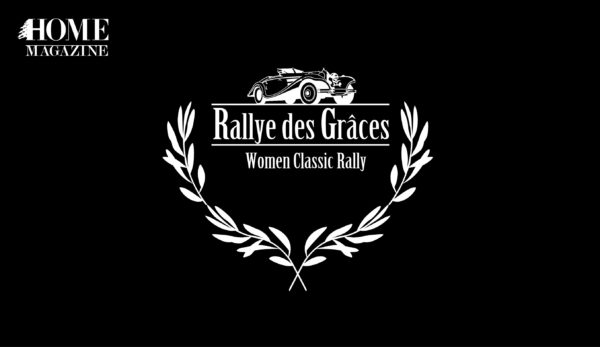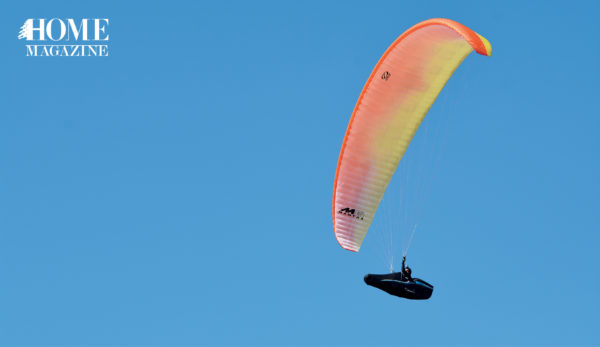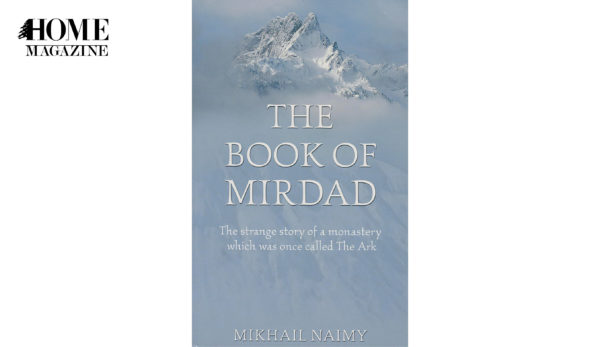Yara Zgheib shares her experience of playing tourist in Beirut.
Article by: Yara Zgheib
Winter in Beirut means early orange sunsets and crisp air blowing east from the sea. Just as well; it blows fresh on our backs as we race up Saint Nicholas’ Stairs. The stairs are dressed for Christmas and the New Year, lights, and red and green holly. In January, the lights will remain, but the stairs will be just as charming.
At the top and now out of breath, we look down at the traffic we outran. It is Thursday evening, and Gouraud Street is overrun with a dense herd of cars. Everyone is trying to head HOME after work. Everyone except you and me; we are tourists in Beirut, expats on holiday, exploring the city.
We turn left and walk down a calmer street of palaces. Villa Linda Sursock is on our right, surrounded by deep purple bougainvillea against the yellow stone facade. Its warm light and the smell of roasted chestnuts beckon us in from the street, but we are not ready for dinner yet. We walk a few steps further to another palace — the Nicolas Sursock Museum.
Nocturne at the museum begins at a jasmine-covered iron gate. A wide courtyard, soft lighting, stone sculptures, a café en terrasse. It is chilly, but some brave bon vivants are having coffee outside. The rare patch of clear sky, the rare stars you can glimpse in the middle of the city, are worth it. Perhaps we will have a glass of red wine here after we visit the museum.
“Every place a Lebanese has ever traveled has been brought back and can be found here.”
White arches, white rounding staircases, a regal stained-glass window and balcony. The light from inside shines down onto the courtyard through the orange, blue, red, yellow vitrail. The architecture is 19th-, early-20th-century Lebanese, with Venetian and Ottoman influences converging through it magnificently. We walk in like royalty.
This villa is not a dusty souvenir of Beiruti history. It is Nicolas Sursock’s lifelong dream of endorsing and promoting Lebanese art. It was bequeathed to the city of Beirut upon his death in 1952 to be transformed into a museum that would showcase modern and contemporary artists. Since 1961, almost every year, even through most of the civil war, the Sursock Museum has been discovering and showcasing artists’ work on cardboard and canvas, in oil, chalk and aquarelles, in sculpture, video, sound. Tonight, the museum is open after hours. Someone is playing the violin.
This is Beirut: art that combines East and West, tradition and modernity, religious and profane. The artwork here pushes boundaries, challenges conventions, prays. The heritage is Armenian, Arab, Turkish, French, American, Brazilian. Every place a Lebanese has ever traveled has been brought back and can be found here.
The themes are of civil war, grief and identities. To be Lebanese is to have many. Many perspectives, too. Some artists paint the political, the realistic, the idealized, the surreal. The beauty is that the art is genuine. We walk from room to room and style to style.
There are portraits of aristocrats and quaint village landscapes. Islamic calligraphy on the walls. In Nicolas Sursock’s own wood-paneled office, there are hundreds of old black-and-white postcards and photographs. The Beirut of the past, and just outside the windows, the Beirut of today is lighting up.
There is a movie on the ground floor and a concert in the gallery. We stroll through the temporary exhibition and dance to the music when we are alone.
An hour later, we, two Lebanese in Beirut, playing tourist in our own city, have our glass of red Lebanese wine in the palace’s old courtyard. On the side, bzourat. It feels good to be HOME. Proud to be HOME. Perhaps later we will make it down to the Corniche, have tirmos or castana or kaak with zaatar, then meet up with our old school friends.

































